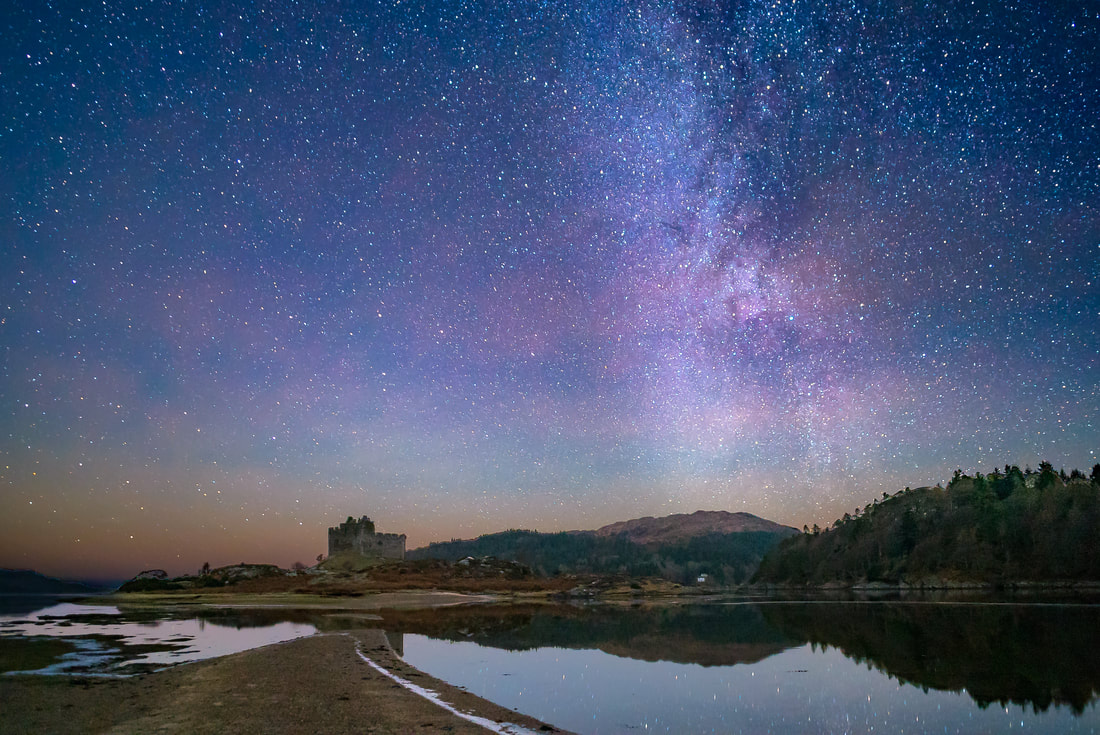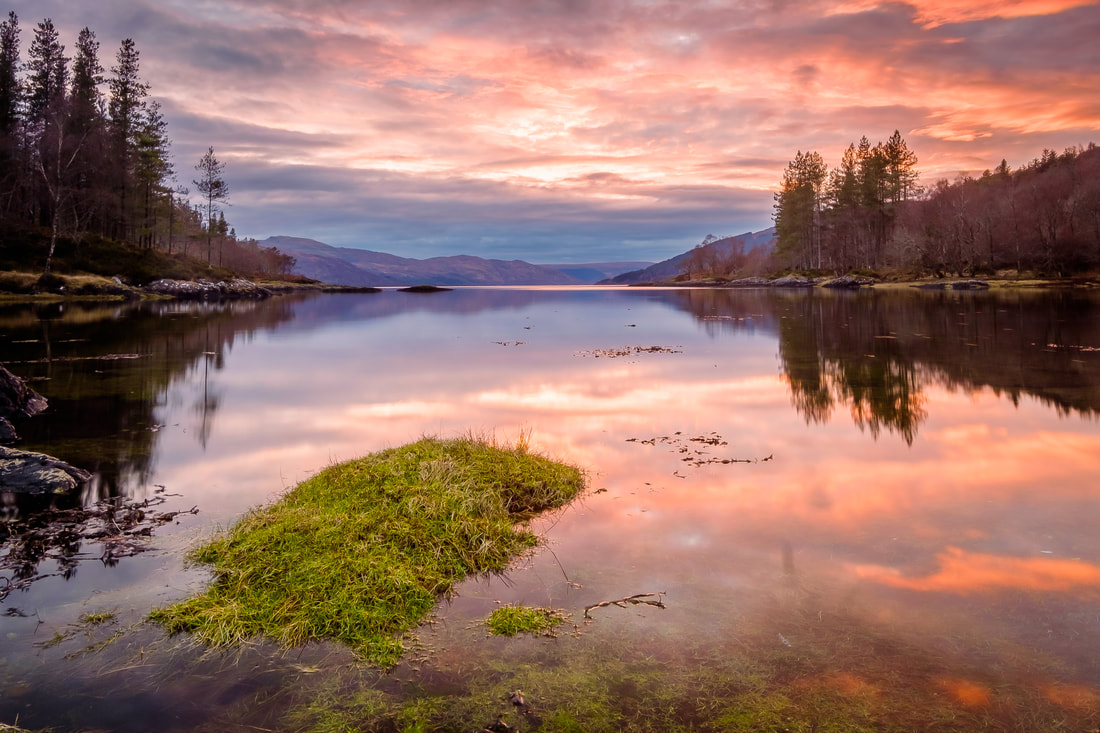|
Most people will be aware that the moon and the sun are primarily responsible for the rising and falling of the ocean tides, with the difference in height between high and low tides varying through the month as the Moon waxes and wanes from new to full and back to new again. They’ll also be aware that spring tides are not those that occur in Spring, but instead are the highest (and lowest) tides that occur two times a month, a few days after each full Moon and each new Moon. However, fewer people will be aware of king tides and supermoons and how they may worsen the impact of storms that we often experience at this time of the year This image above was taken a couple of days after the full moon of January 2018 and shows Eilean Tioram still cut off from the mainland despite the time being a few hours since the last high tide. In fact, the high tide on that day, at over 5 metres high, was good quarter of a metre higher than what is typical for a spring tide on Loch Moidart and because this extra-high tide was only a few days after a supermoon, it was what some people call a king tide.
So, what is a supermoon and why does it create an extra-large spring tide, or king tide? Well, the Moon doesn’t orbit around the Earth in a perfect circle. Instead, it has an elliptical orbit, where its centre-to-centre distance from the Earth varies throughout the month, with its closest point to Earth on this ellipse in any given month being called the perigee. When any full Moon or new Moon comes within 90% of the perigee, or within 224,791 miles (or less) of our planet, it is called a supermoon. On these occasions a full Moon will look bigger and brighter than normal and both a full and new Moon will exert a greater gravitational pull on the Earth than normal. This greater gravitational pull means that, just as a full moon gives us spring tides, a supermoon will give us extra-high spring tides, or king tides. Most of the time these king tides don’t cause too much of a problem, but shortly before this photo was taken in 2018, the supermoon of January 1-2 was closely aligned with the perigee and created especially high king tides. On the day after, Storm Eleanor hit the UK with winds of up to 100 mph (160 km/h). These high winds, combined with the extra-high tides, caused coastal flooding, hampered travel, led to loss of life and injury and left tens of thousands of homes across the UK without power. Should we expect this to happen again? Well perhaps not for the remainder of this year and the whole of next year because the predicted heights of the king tides during the UK’s storm season months (typically October to February) is lower than that of January 2018. However, in 2023 and 2024, the predicted height of the king tides are at or above those of January 2018 which, if combined with the high winds of a named storm, could lead to coastal flooding of the same level as that experienced during Storm Eleanor.
0 Comments
|
AuthorHi, Archives
July 2024
Categories
All
|
Steven Marshall Photography, Rockpool House, Resipole, Strontian, Acharacle, PH36 4HX
Telephone: 01967 431 335 | Mobile: 07585 910 058 | Email: [email protected]
Telephone: 01967 431 335 | Mobile: 07585 910 058 | Email: [email protected]
All Images & Text Copyright © 2024 - Steven Marshall - All Rights Reserved



